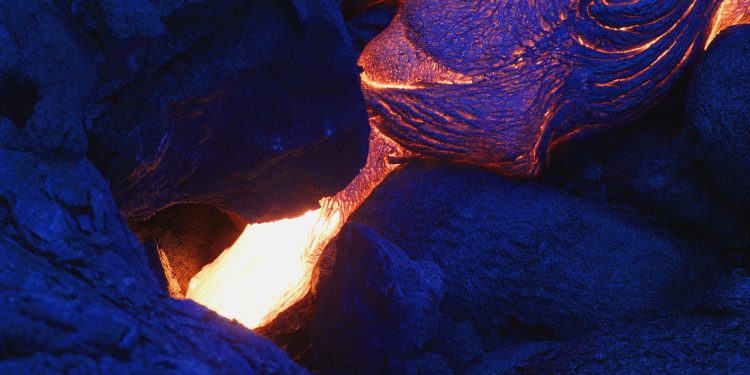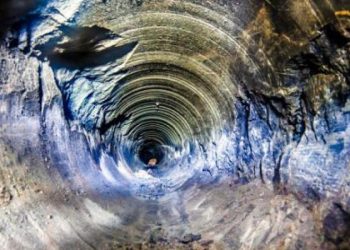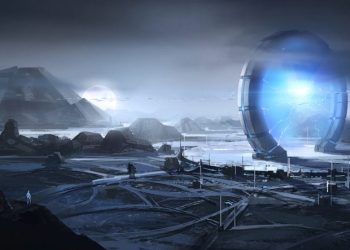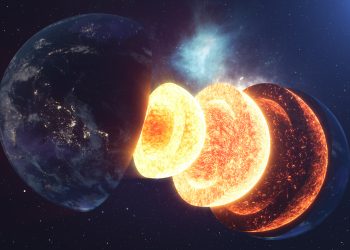Scientists at Curtin University have found evidence of an almost four billion-year-old piece of the Earth’s crust under the South-West of WA using lasers finer than a human hair. We might find out what lurks beneath our planet’s surface and how life evolved from uninhabitable to habitable. By firing lasers less than human hair at minerals found in beach sand, scientists can figure out what lies beneath the Earth’s surface without digging. This technique has found an incredibly ancient piece of Earth’s crust under Western Australia. Researchers say the ancient piece of land, roughly the size of Ireland, dates back almost 4 billion years ago.
The large expanse of the crust might have greatly influenced rock formation. This is because old materials mixed with new, forming one of the planet’s earliest protocrustal masses and surviving multiple mountain-building events. “This piece of the crust has survived multiple mountain-building events between Australia, India, and Antarctica and appears to still exist at tens of kilometers of depth under the South-West corner of WA. When comparing our findings to existing data, it appears many regions around the world experienced a similar timing of early crust formation and preservation,” explained Ph.D. student Maximilian Droellner.
“This suggests a significant change in Earth’s evolution about 4 billion years ago when meteor bombardment subsided, the crust stabilized, and life on Earth began to establish itself.” The researchers used lasers to evaporate zircon grains from sand samples from Western Australia’s beaches and rivers. Known technically as “laser ablation split-flow inductively coupled plasma mass spectrometry,” the technique allows scientists to date grains and compare them with others to determine their origins.
The team gained insight into the crystalline basement beneath the surface of this region, which revealed where the grains had originated, how they had been formed, and how the region’s geology was built up. Apart from the fact that the remnants of the protocrust are still there – some 100,000 square kilometers – the block boundaries will also allow scientists to look deeper into the Earth’s interior and learn how it might have evolved. “The edge of the ancient piece of crust appears to define an important crustal boundary that controls where economically important minerals are found,” said supervising research geologist Milo Barham of Curtin University.
“Recognizing these ancient crustal remnants is critical for the future of optimized exploration for sustainable resources.” The Earth’s original crust is no longer much to study after 4 billion years, which makes discoveries like this even more exciting and vital for experts – giving us a window into the past. Predicting and mapping changes to the Earth’s crust and hot mantle is difficult. A scientist’s interest in interpreting evidence of interior movement and geology is piqued whenever proof of the interior can be found on the surface.
Scientists can also use the results of this study to study the formation of other planets, their first crusts, and alien life on those planets down the road. “Studying the early Earth is challenging given the enormous amount of time that has elapsed, but it is of great importance for understanding the meaning of life on Earth and our quest to find it on other planets,” Barham concluded. The research has been published in the journal Terra Nova.
Join the discussion and participate in awesome giveaways in our mobile Telegram group. Join Curiosmos on Telegram Today. t.me/Curiosmos











